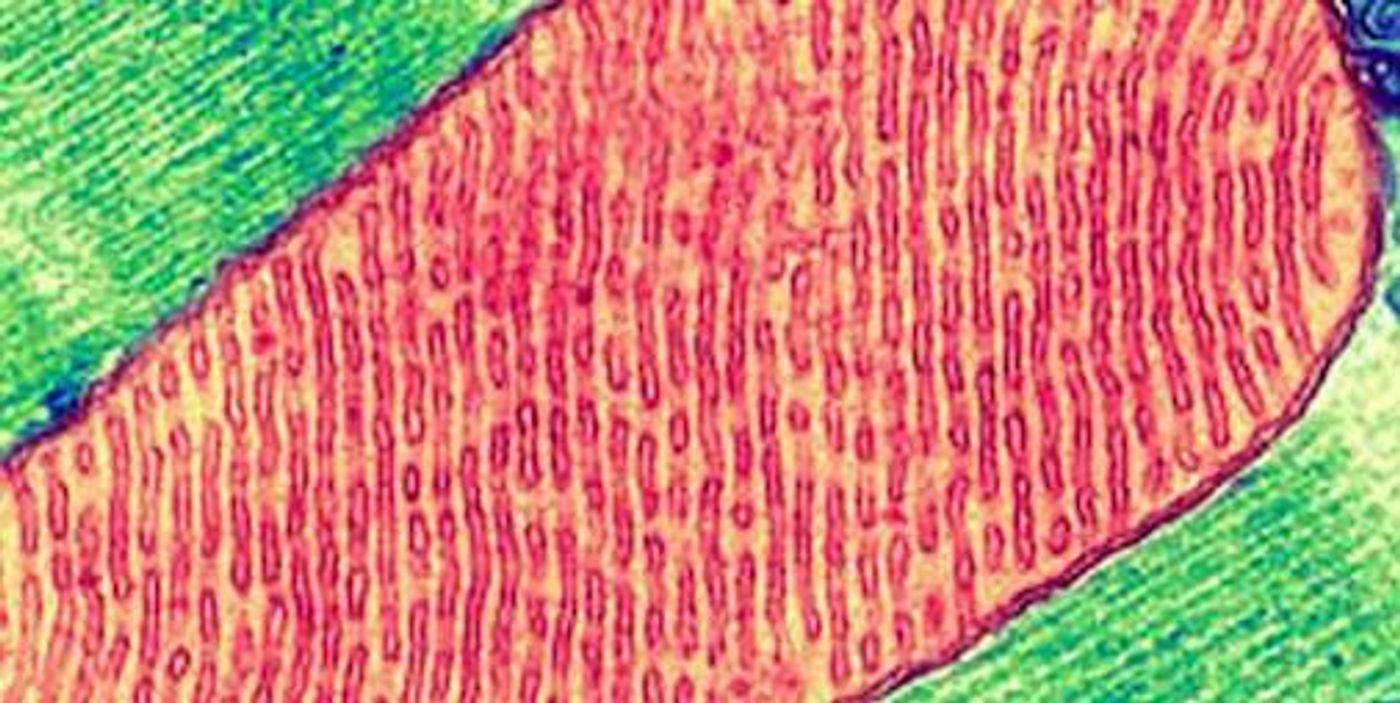Are Disruptions in Natural Cell Functions to Blame for Chronic Illness?
The Centers for Disease Control and Prevention estimates that over half the adults living in the US suffer from at least one chronic illness. Treating such conditions, like diabetes or heart disease often focuses only on relieving symptoms, however, and not the underlying causes. While medicine can usually treat a broken bone or an infection, there are few cures for diseases, if any. Researcher Robert K. Naviaux, MD, Ph.D., a professor of medicine, pediatrics and pathology at University of California San Diego School of Medicine, suggests that we have to change the way we think about these conditions. In a new report in Mitochondrion, he expounds on his theory that chronic diseases arise when the natural ability of the body to heal is disrupted.
"The healing process is a dynamic circle that starts with injury and ends with recovery. The molecular features of this process are universal," explained Naviaux, who also directs the Mitochondrial and Metabolic Disease Center at UC San Diego. "Emerging evidence shows that most chronic illnesses are caused by the biological reaction to an injury, not the initial injury or the agent of the injury. The illness occurs because the body is unable to complete the healing process."
Naviaux cites melanoma, a deadly form of skin cancer, as an example. Sun overexposure can lead to the development of melanoma decades later; the DNA damage caused by the sun's UV rays was never repaired. Another example is a head injury that flares years after the initial injury, or a second concussion that is much more severe than a first.
"Progressive dysfunction with recurrent injury after incomplete healing occurs in all organ systems, not just the brain," noted Naviaux. "Chronic disease results when cells are caught in a repeating loop of incomplete recovery and reinjury, unable to fully heal. This biology is at the root of virtually every chronic illness known," he claims. He cites myriad examples "including susceptibility to recurrent infections, autoimmune diseases like rheumatoid arthritis, diabetic heart and kidney disease, asthma, chronic obstructive pulmonary disease, Alzheimer's dementia, cancer, and autism spectrum disorder."
Naviaux has developed a theory of disease that suggests that healing can be characterized in terms of metabolic processes. He suggests that an important function that is activated by stress or injury, the cell danger response (CDR), plays a role. Disruptions in metabolism are intricately related to disease development.
"The purpose of CDR is to help protect the cell and jump-start the healing process. But sometimes CDR gets stuck. At the molecular level, cellular equilibrium is altered, preventing completion of the healing cycle and permanently changing the way the cell responds to the world. When this happens, cells behave as if they are still injured or in imminent danger, even though the original cause of the injury or threat has passed,” explained Naviaux.
He believes that organelles in the cell that generate energy, mitochondria, control the cell’s progression through a cycle of healing. In his new paper, he suggests that mitochondria and metabokines, which help regulate cellular receptors and come from metabolism, are major players in healing processes.
"It's abnormalities in metabokine signaling that cause the normal stages of the cell danger response to persist abnormally, creating blocks in the healing cycle," continued Navaiux. He suggests that CDR theory also shows why healing happens at different rates, and why relapse can occur. Cells are used to their impairments and immediately fall back on them like a kind of addiction. He believes that as we learn more about these processes, we will find new ways to confront chronic illness.
In the video above, he discusses his theory. In the video below, you can hear more about how his work applies to autism spectrum disorder.
Sources: AAAS/Eurekalert! via University of California San Diego, Mitochondrion









